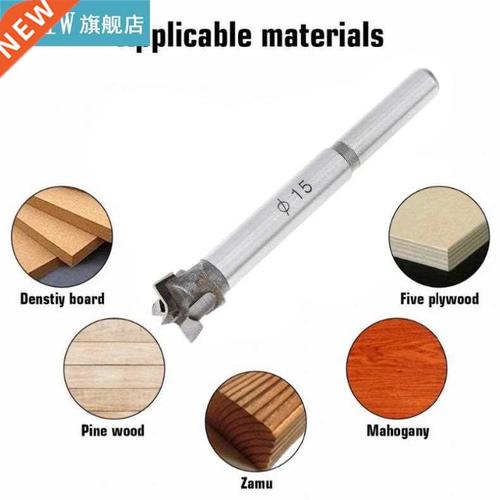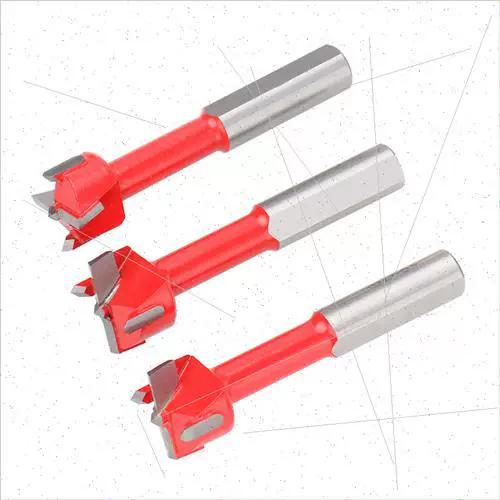
Understanding Long Wood Drill Bits: A Comprehensive Guide
When it comes to woodworking, the right tools can make all the difference. One such tool is the long wood drill bit. These specialized bits are designed to handle the unique challenges that come with drilling into longer pieces of wood. In this article, we will delve into the various aspects of long wood drill bits, including their types, features, and how to choose the right one for your project.
Types of Long Wood Drill Bits
Long wood drill bits come in a variety of types, each designed for specific drilling needs. Here are some of the most common types:

| Type | Description |
|---|---|
| Brad Point Bits | These bits have a small, pointed tip that helps to start the hole and prevent the drill bit from wandering. |
| Auger Bits | Auger bits are designed for drilling large holes and have a spiral flute that helps to remove chips from the hole. |
| Forstner Bits | Forstner bits are used for creating flat-bottomed holes and have a flat tip and a series of flutes. |
| Spade Bits | Spade bits are used for drilling large, flat-bottomed holes and have a wide, flat tip. |
Each type of bit has its own advantages and is suitable for different drilling tasks.
Features to Consider
When selecting a long wood drill bit, there are several features to consider to ensure you get the best performance:
- Material: Long wood drill bits are typically made from high-speed steel (HSS) or carbide. HSS bits are more affordable and suitable for general-purpose drilling, while carbide bits are more durable and ideal for harder woods.
- Length: The length of the bit should be chosen based on the depth of the hole you need to drill. It’s important to have enough length to reach the bottom of the hole without breaking the bit.
- Shank Size: The shank size of the bit should match the chuck size of your drill. Common shank sizes include 1/4″, 3/8″, and 1/2″.
- Flute Design: The flute design affects the bit’s chip-removal efficiency. Deeper and wider flutes are better for removing chips, while shorter flutes are better for drilling in tight spaces.
By considering these features, you can choose a long wood drill bit that is well-suited to your specific needs.
How to Choose the Right Long Wood Drill Bit
Choosing the right long wood drill bit for your project involves considering the following factors:

- Wood Type: Different woods require different drill bits. For example, softwoods like pine and cedar can be drilled with standard HSS bits, while hardwoods like oak and maple may require carbide bits for better durability.
- Drilling Depth: The depth of the hole you need to drill will determine the length of the bit you need. Make sure the bit is long enough to reach the bottom of the hole without breaking.
- Drilling Speed: The speed at which you drill can affect the quality of the hole. Generally, slower speeds are better for harder woods, while faster speeds are suitable for softer woods.
By taking these factors into account, you can select the perfect long wood drill bit for your project.
Using Long Wood Drill Bits
Using long wood drill bits correctly is essential for achieving clean, precise holes. Here are some tips for using these bits effectively:
- Start Slowly: Begin drilling at a low speed to prevent the bit from overheating or breaking.
- Use a Pilot Hole: Drilling a pilot hole can help prevent the bit from wandering and ensure a straight hole.
- Keep the Bit Cool: Applying a small amount of lubricant or using a drill with a coolant feature







